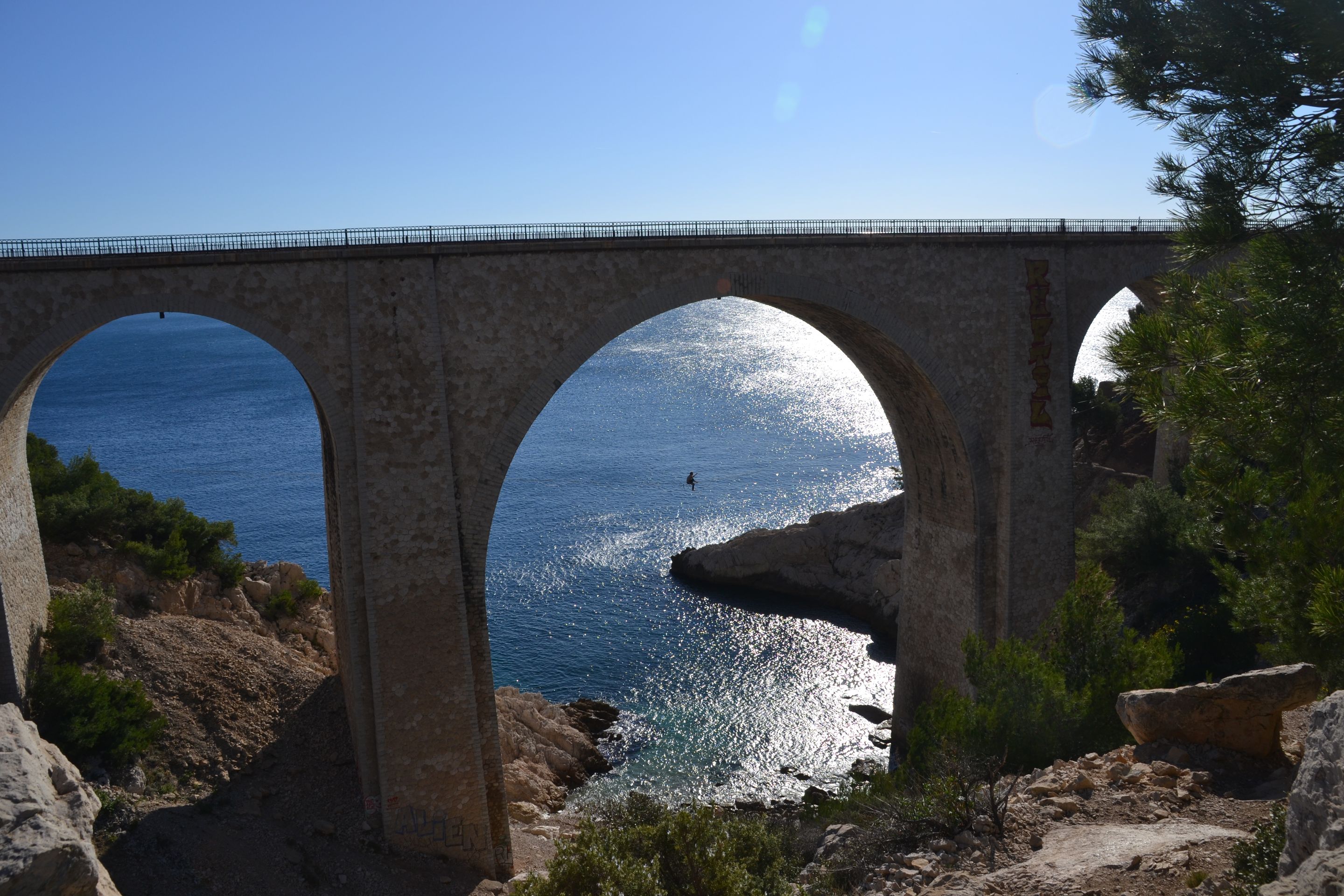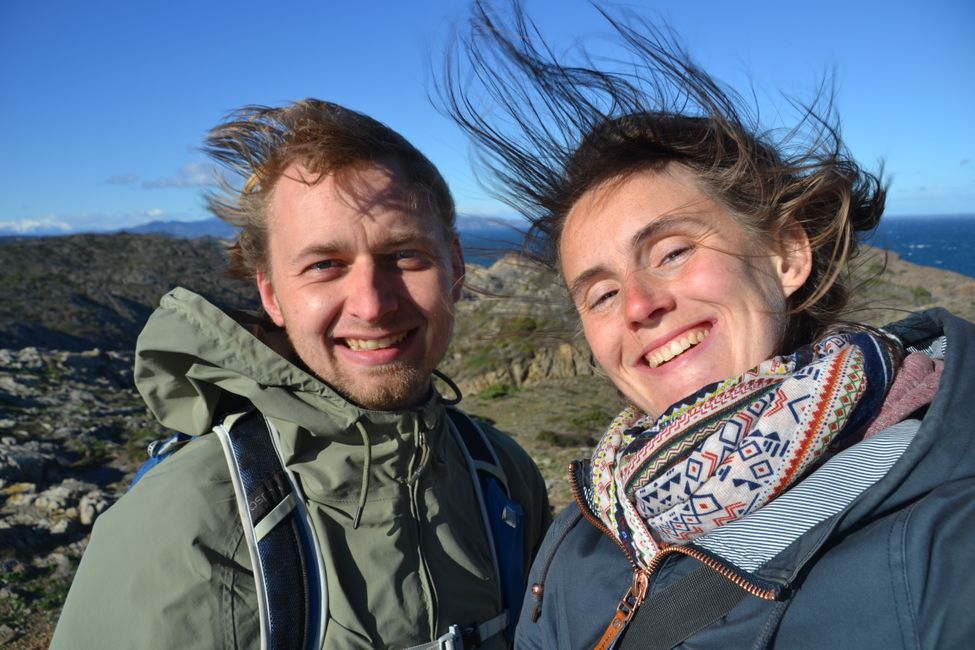#122 A communist history teacher and a traditional singer
Argitaratu: 15.05.2022
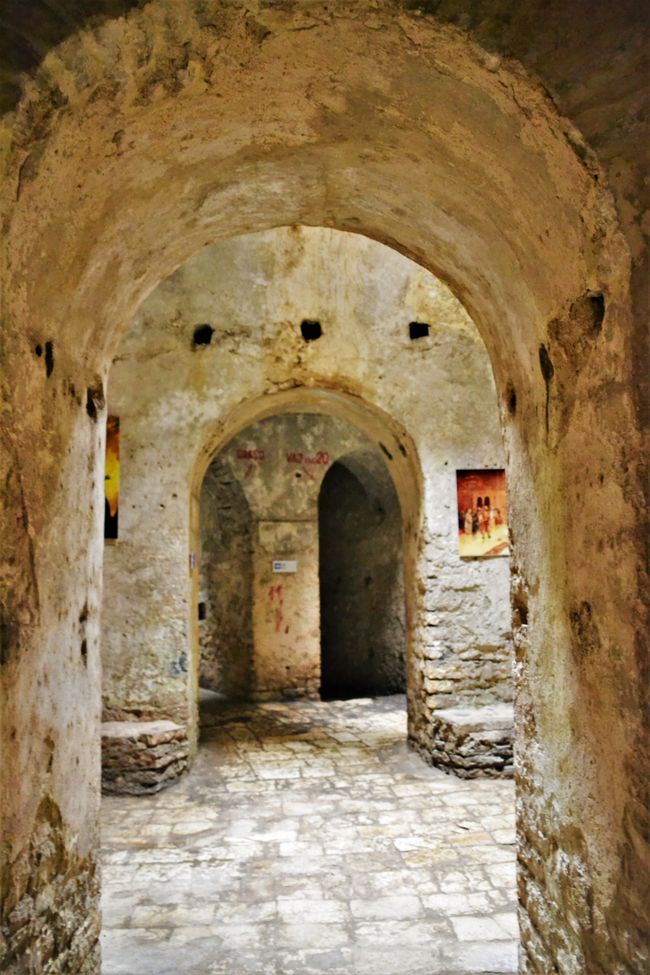
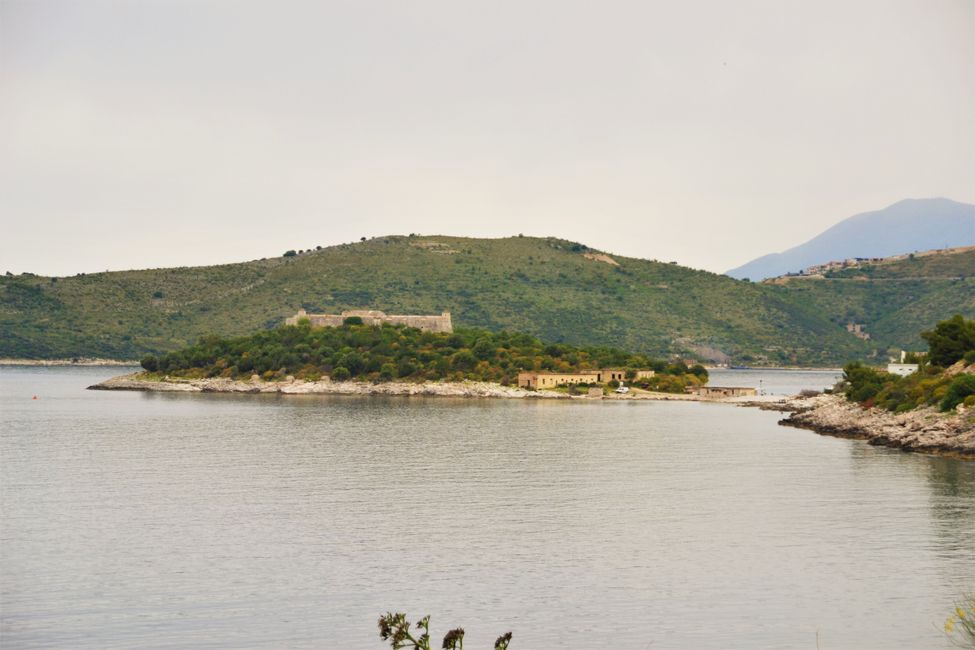
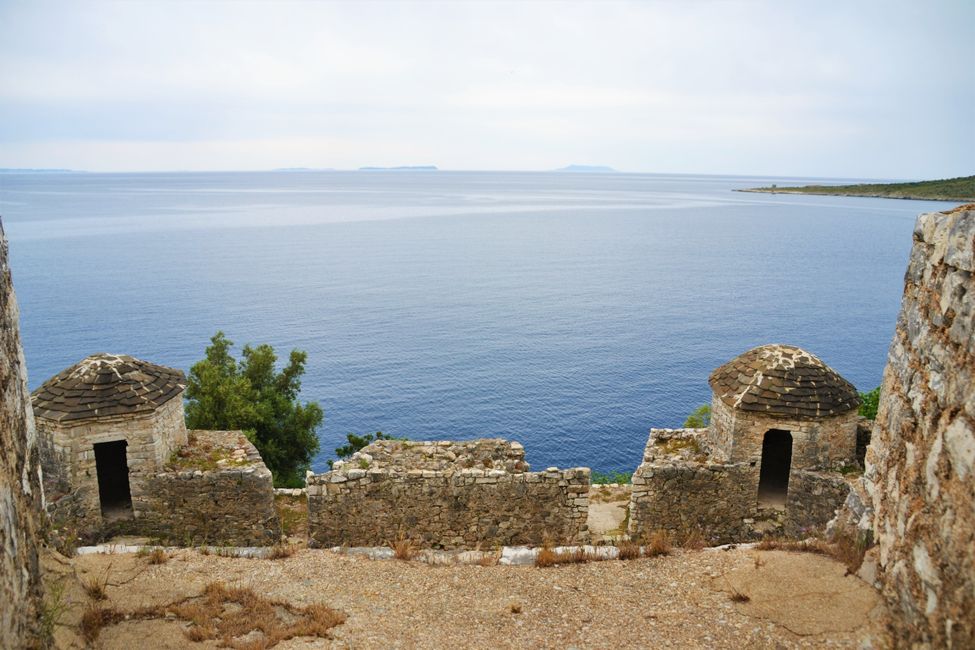
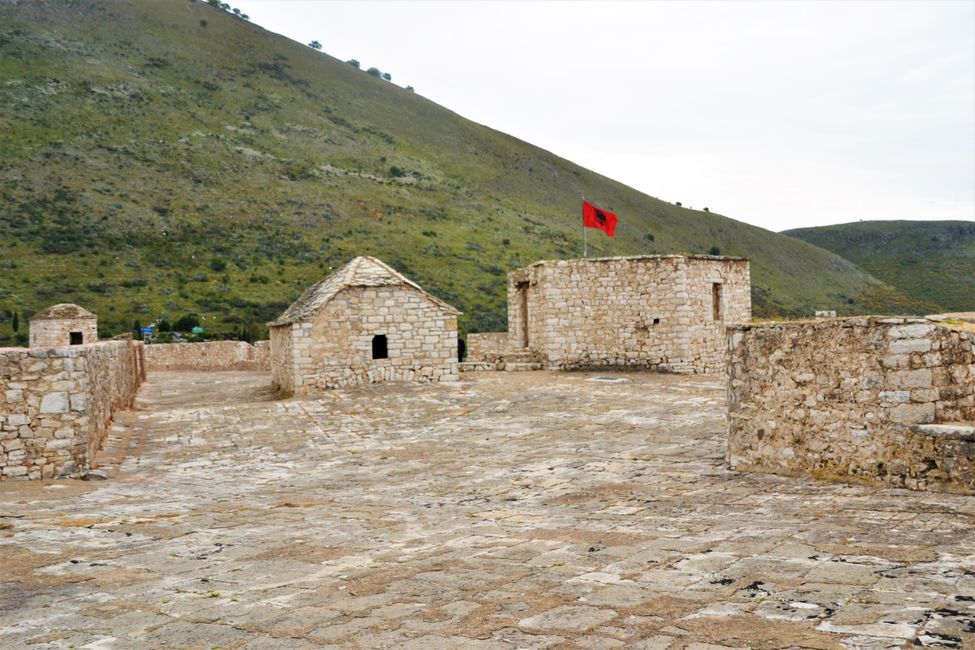
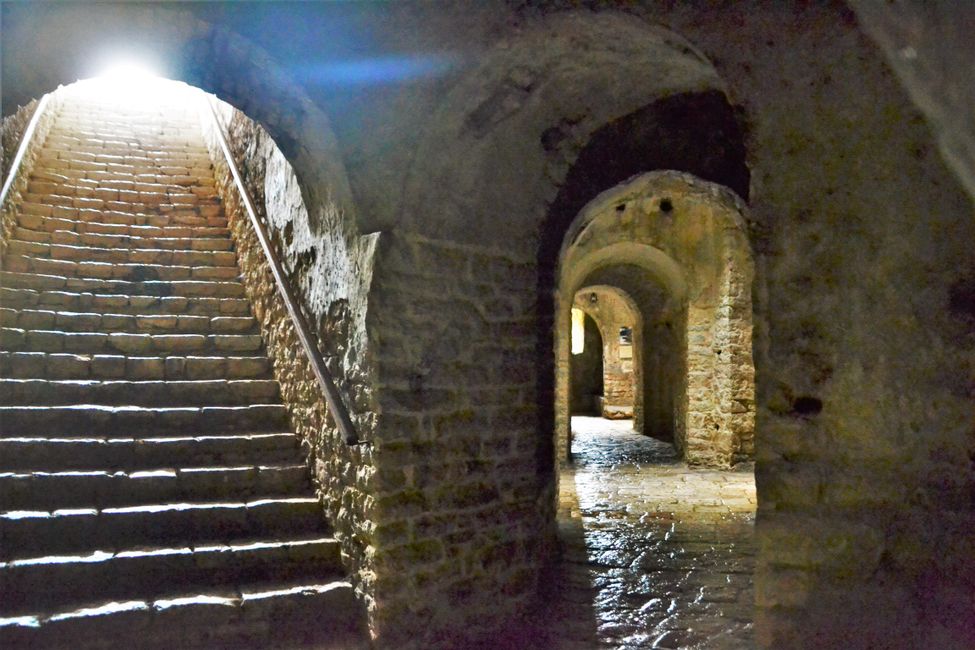
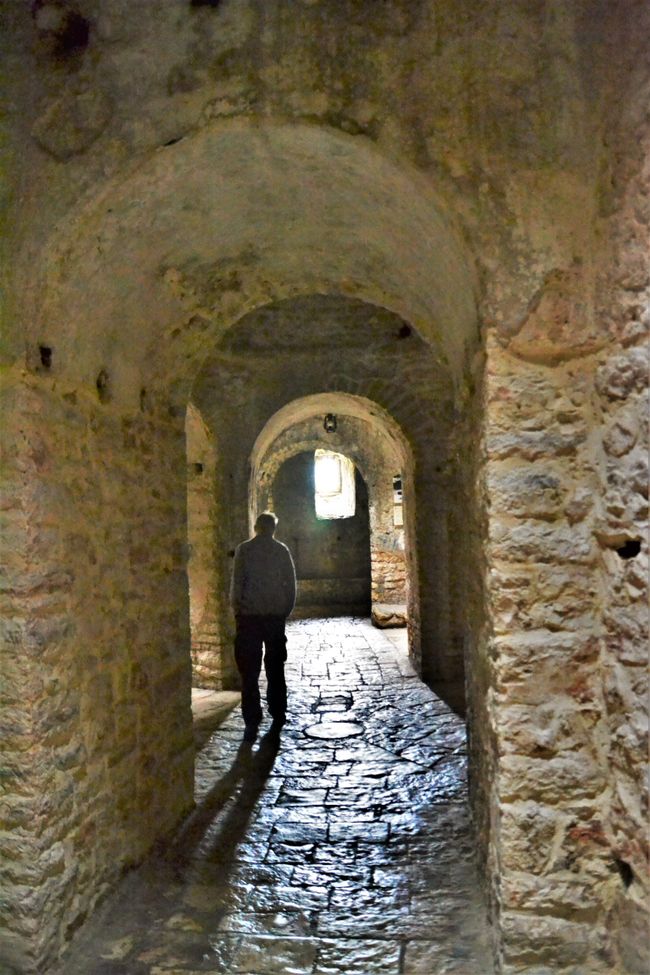
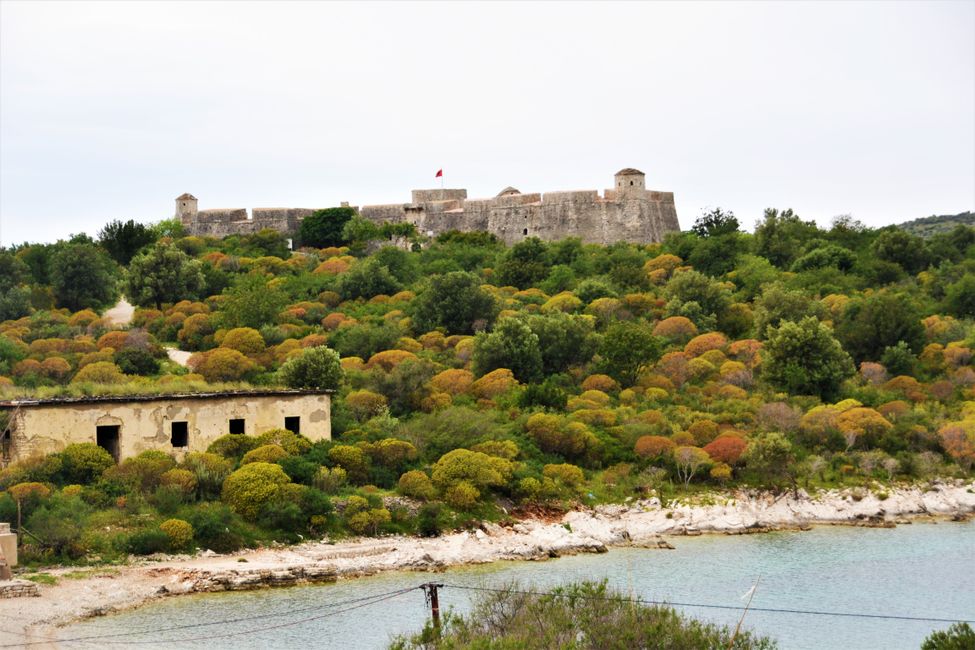
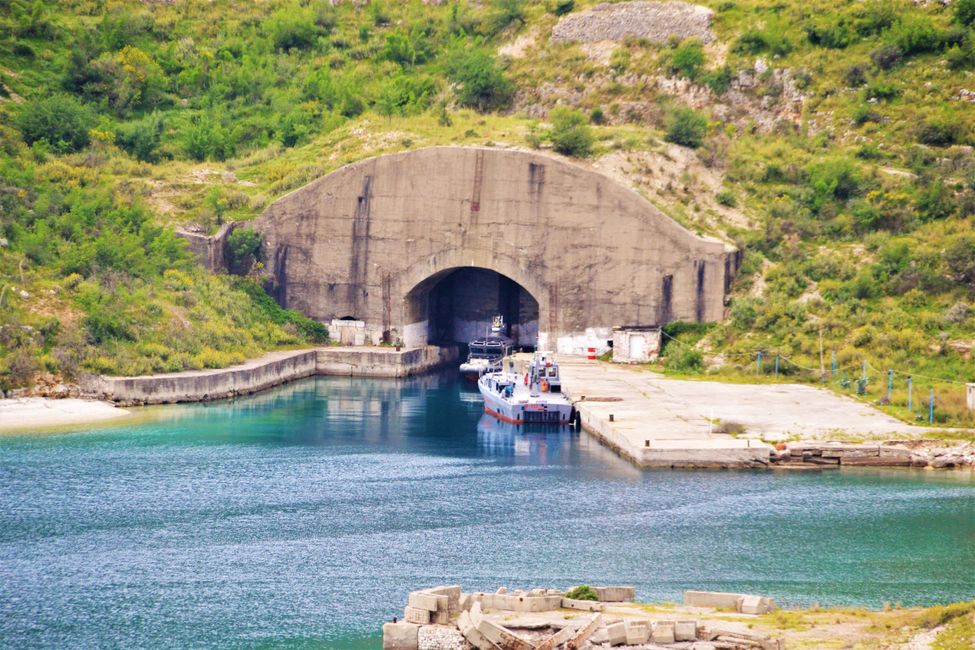
Harpidetu Buletinera
May 6, 2022: Porto Palermo Castle
J. Actually, we didn't want to enter Porto Palermo Castle. Actually, we just wanted to walk around the castle on the peninsula in a bay, but the undergrowth became too dense and then it started to rain, so we paid the 300 Lek (2.40€) and entered the castle. It was definitely worth it.


I briefly chatted with the ticket seller and he then showed us photos of his family, his house, and his singing group. He is part of a traditional singing group in the fourth generation, which consists of 7 people and tours Europe; he sings the upper voice. After he showed us one of his performances and a recording of his grandfather's four-member group on YouTube, he gave us a little solo concert in the central dome of the castle. It was indescribably beautiful. I was particularly moved by the passion with which the ticket seller sang to us.
(Link to the performance: https://www.youtube.com/watch?v=lNq33DILHTA)
After checking at the counter in front if there were any other guests coming, the ticket seller told us about Ali Pasha. The ticket seller is not only a traditional singer, but also used to be a history teacher during communist times. Some travel guides also call this castle "Ali Pasha Castle" because it was built by Ali Pasha, the leader of this region in the Ottoman Empire, and occasionally used. From a small crack in the thick walls of the castle, the ticket seller pulled out a pointer stick and began to explain the history of the castle to us based on the pictures hanging in the castle and the castle itself.

Ali Pasha was in power from 1787 to 1822. (Pasha is the title for people two ranks below the Sultan.) He and his court lived in their main castle in Ioannina, in the north of present-day Greece. Since he was a Muslim, he had four wives, one of whom was Christian Orthodox, as a sign of religious understanding. His first and most important wife was Vassilika, who accompanied him on his travels. About once a year, the two of them traveled to the Porto Palermo Castle, where we are now. Our private history teacher presented in detail how the various rooms were used by Ali Pasha and his small court, which he took on his travels (consisting of servants, guards, 40 dancers, and Vassilika). He described how richly decorated the now bare, dark rooms must have looked. Again and again, Florian had to play the role of Ali and I had to play the role of Vassilika and stand or sit at certain places. Our guide played all the other servants, dancers, etc. Without these interactive explanations, we would have certainly only spent a short time in the dark, cold rooms.

Of course, the castle also housed a prison because initially, the castle was not intended for the accommodation of Ali Pasha and his court, but for the collection of taxes. Anyone who didn't pay was sentenced to two months in an incredibly dark room. The thick walls were built in such a way that not a single ray of sunlight reached the prison. After two months in this prison, you had the choice of either paying or spending another two months in prison. If you still didn't pay in the end, you were killed.
At the end of his career, Ali Pasha was also killed at the age of 82. He had become so powerful that he was almost as powerful as the Sultan. The Sultan in Constantinople didn't like that, so Ali Pasha was beheaded and his head was brought to Constantinople as evidence.
The castle continued to live on and was still used. When the Italians under Mussolini took over Albania, the castle was used as a storage facility, among other things, for weapons. Later, during communist times, it continued to be used for storage, but the prison was also used for government-critical people. One could still see this triple use over time from the signs over the doors. Very old signs from Ali Pasha's time labeled the rooms, for example, "kitchen," and signs in Italian script hung next to them. The communists didn't bother to make signs, they simply wrote the labeling directly on the thick walls in red paint. So in large red letters, it was clearly written "benzin" (with an arrow to the former kitchen, during Ali Pasha's time) and "diesel" (with an arrow to the neighboring room).

At the end of a long hallway that led to the soldier's camp in Ali Pasha's time, there was a long staircase leading to the roof of the castle. From here, we had a wonderful view of the bay and the nearby mountains. We could also see Vassilika's private beach, which can only be reached by boat, and the submarine bunker from communist times. The government had built the bunker together with the Soviet and later with the Chinese government. When the Chinese government also withdrew, the Albanians hijacked four out of the 12 Chinese submarines and themselves built the long tunnel that is large enough to accommodate the four submarines. These four submarines are said to still be in the bunker, and there is a guard who ensures that the military restricted area is not entered.



Our private tour of the castle was unforgettable for me and not only gave us an intensive insight into the multifaceted history of Albania, but also into its rich culture.
Day 203 - Total tour 15,568 km
---- Subscribe ----
If you want to subscribe to our blog, you can either sign up with Vakantio and click on subscribe, or send us a message and we will put you in our own distribution list. We also appreciate feedback!
Email: querfeld2@gmail.com
Harpidetu Buletinera
Erantzun
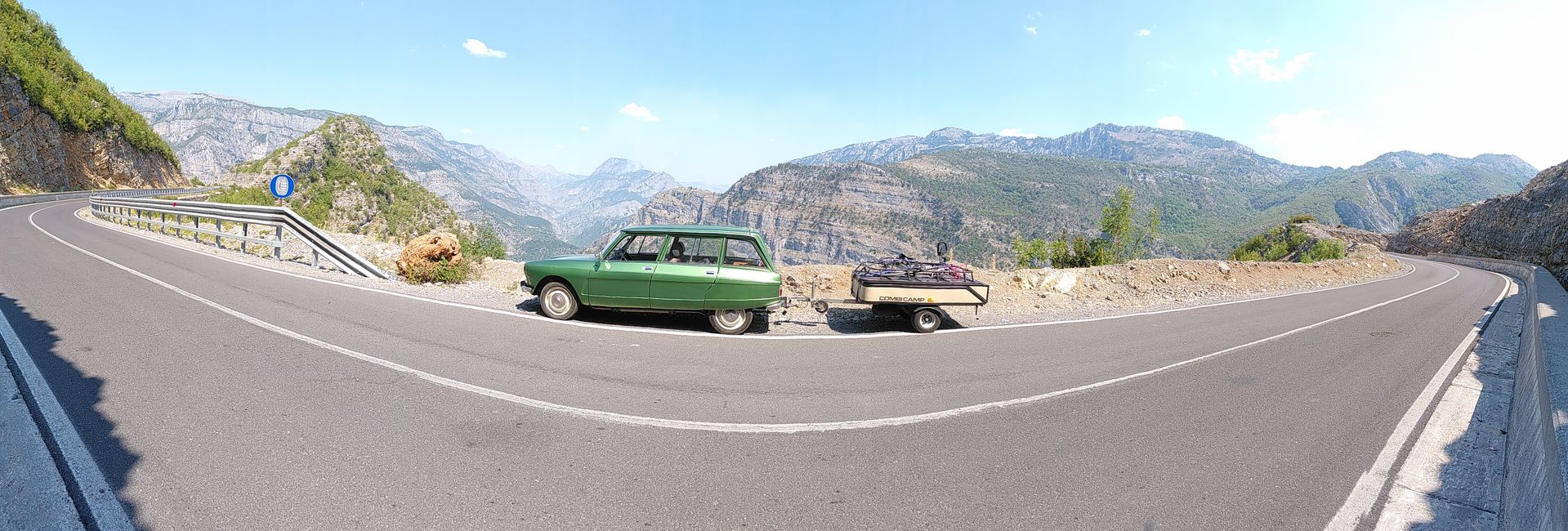
Bidaien txostenak Albania
